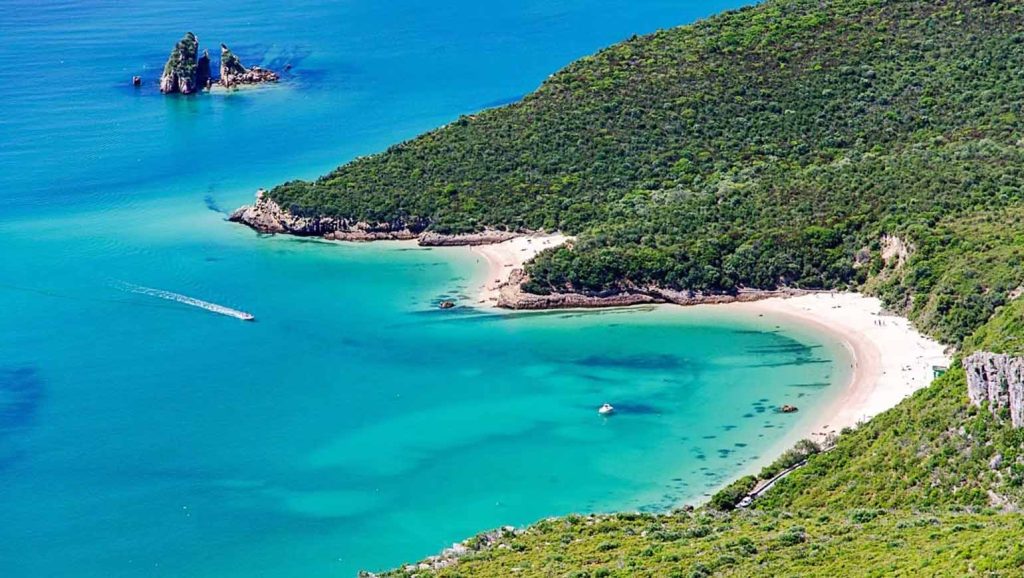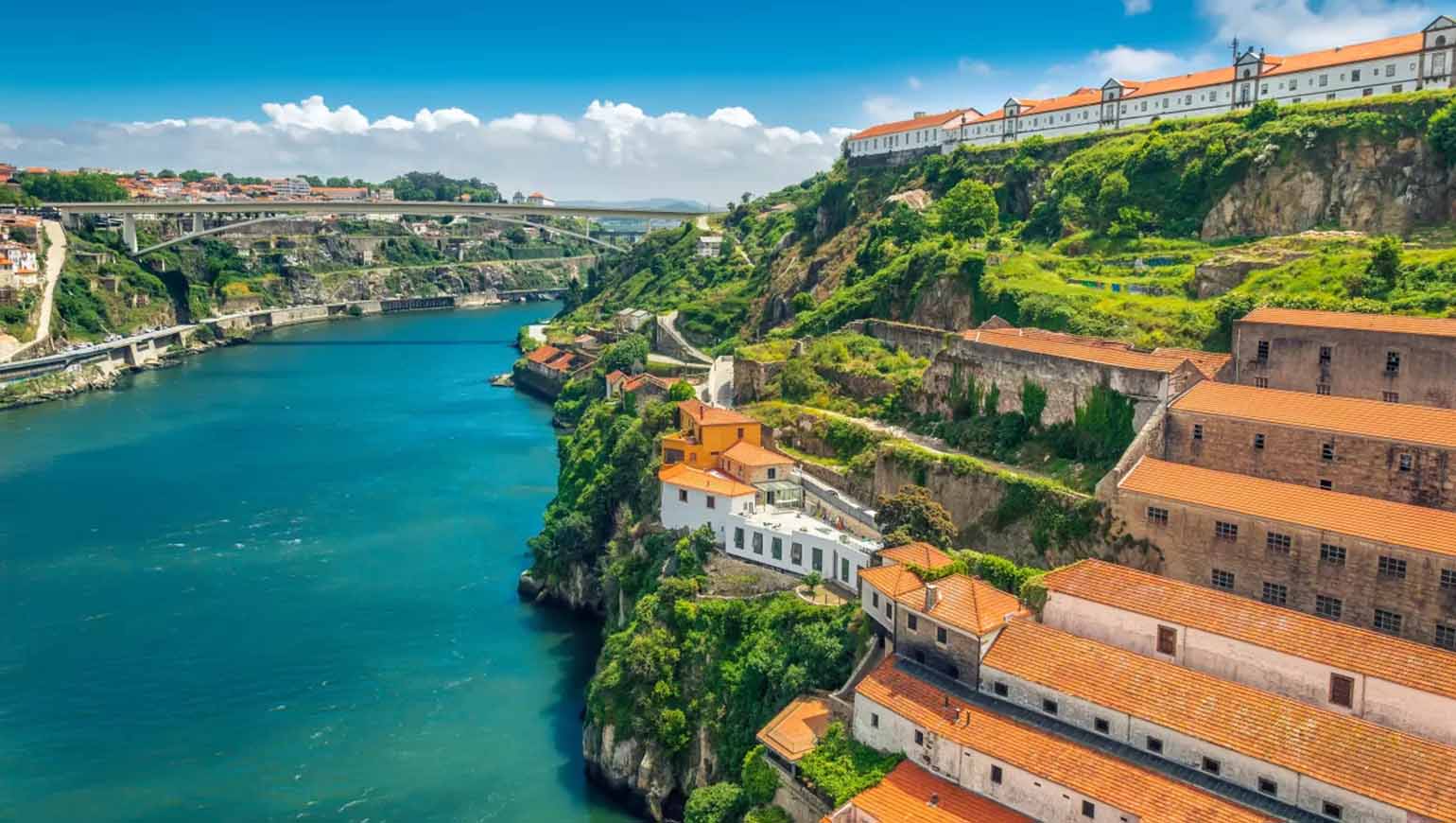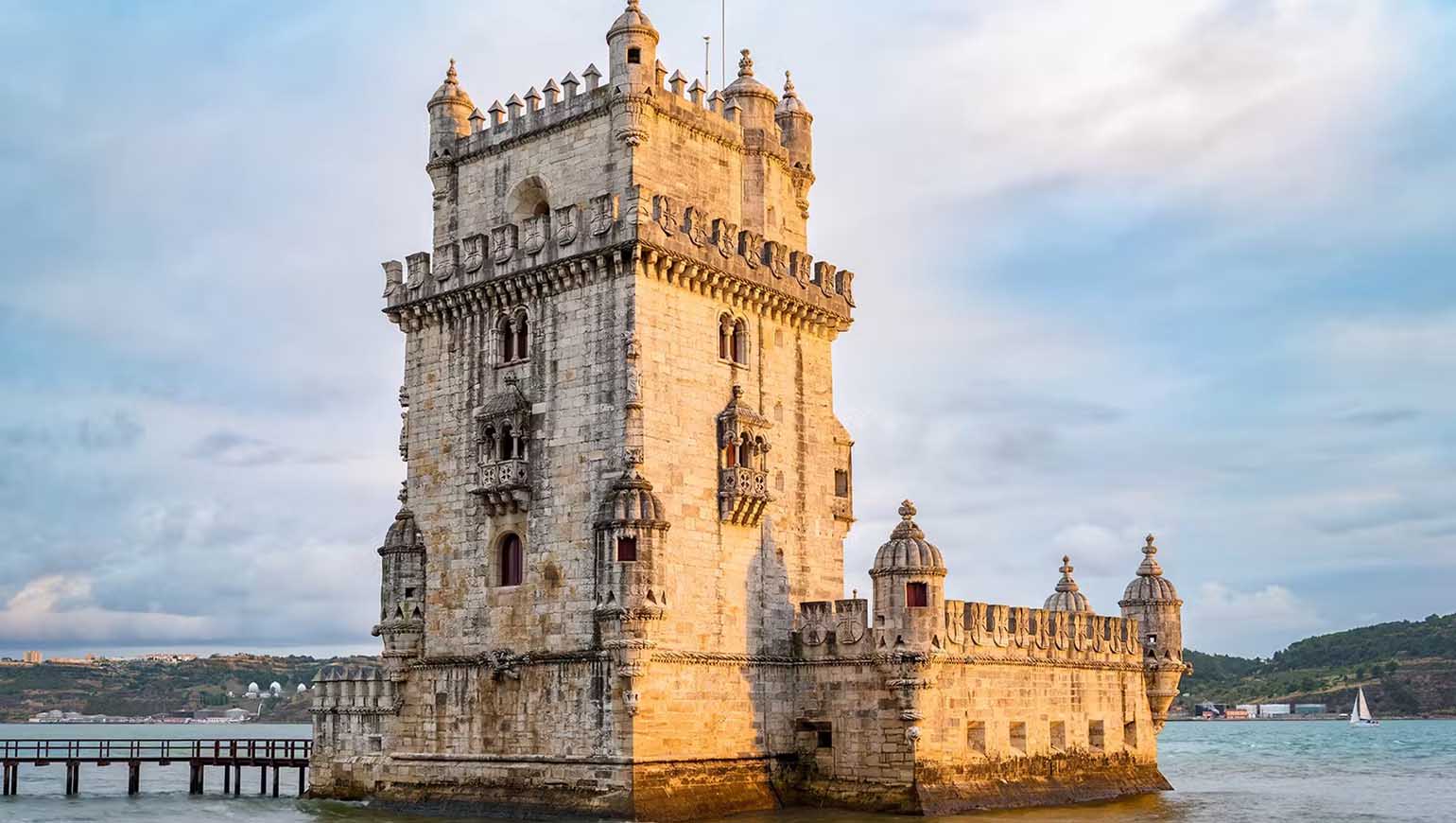Porto, as the second-largest city in Portugal, boasts a rich history and cultural heritage, especially renowned for its stunning coastal landscapes and world-famous wine. Today, I will take you on a perfect journey from the vineyards to the coastline, where we will enjoy magnificent coastal views while savoring wines from the vineyards and experiencing the charm of Porto.
Chapter One: Porto – A City Close to the Sea
The history of Porto dates back to pre-Roman times. As one of Portugal’s oldest cities, it has had a deep connection with the sea since ancient times. Starting from the Roman era, Porto became an important wine-producing region. Today, Porto is not only known for its ancient port but also attracts visitors from around the world due to its beautiful coastline and surrounding vineyards.
1.1 Porto’s Geography and Natural Scenery
Porto is located in northern Portugal, next to the Atlantic Ocean, enjoying a typical Mediterranean climate. The coastal region of Porto offers warm weather and pleasant sea breezes, making it an ideal place for grape cultivation. From the banks of the Douro River in the city center, you can see Porto’s coastline stretching like a winding ribbon, linking the city with the vast blue Atlantic Ocean.
1.2 The Journey from Vineyards to Coastline
Porto’s charm lies not only in its fascinating history and culture but also in its endless vineyards and stunning coastline. Starting from the vineyards, visitors can enjoy lush grapevines and ancient wine cellars, as well as stroll along Porto’s famous beaches, basking in the sun, enjoying the sand, and listening to the waves.
Chapter Two: Starting from the Vineyards – Porto’s Wine Journey
2.1 Douro Valley: The Homeland of Wine
The Douro River, one of Portugal’s most iconic waterways, has played a pivotal role in shaping the rich wine culture of Porto. Flowing from Spain into Portugal and then into the Atlantic Ocean, the Douro River is surrounded by lush hills that are dotted with centuries-old vineyards. The upper reaches of the river, known as the Douro Valley, are world-renowned for their wine production, especially the iconic Porto wine (Port Wine), a fortified wine that has earned a global reputation for its richness and complexity.
The Douro Valley is not only famous for its wine but also for its historical and cultural significance. As one of the oldest wine-producing regions in the world, it was the first demarcated wine region, established in 1756. Today, visitors can explore this stunning region, where terraced vineyards climb steep hillsides, creating a breathtakingly picturesque landscape. From Porto, travelers can embark on guided wine-tasting tours that lead them to the area’s best-known wineries and vineyards. These tours offer a deep dive into the winemaking process, where you can witness firsthand the meticulous work involved in producing Porto wine, from vine to bottle.

Each wine estate tells its own story—some with generations of winemaking history, others with innovative approaches to viticulture. Visitors are often invited to take part in hands-on wine-making activities, such as harvesting grapes during the season or even stomping the grapes in traditional lagares. The best part of the experience, however, is the opportunity to taste some of the finest wines produced in the region. Many wineries offer private wine cellar tours, where you can sample wines that are not available elsewhere, adding to the exclusivity and authenticity of the experience.
2.2 The Beautiful Landscape of the Vineyards
The Douro Valley’s vineyards, which stretch along the riverbanks and climb the surrounding hills, have been recognized as a UNESCO World Heritage Site, a testament to their cultural, historical, and ecological significance. The valley is one of the most visually striking wine regions in the world, with its terraced vineyards forming a patchwork of green and golden hues as far as the eye can see. These vineyards have been cultivated for more than two thousand years, and their unique landscape has been shaped by the hand of nature and generations of winemakers.
In the autumn, during the harvest season, the valley transforms into a canvas of vibrant colors. The golden leaves of the grapevines contrast with the deep purple and red hues of the ripening grapes, creating an awe-inspiring view. As the grapes are carefully harvested, the valley’s natural beauty becomes even more enchanting. Whether you choose to take a leisurely boat ride down the Douro River or enjoy a guided hike through the vineyards, you are guaranteed to experience a profound connection with nature. The boat tours along the Douro River allow visitors to see the region from a unique perspective, where the gently flowing river winds through the valley’s majestic hillsides, dotted with centuries-old wineries.
For those who prefer to explore on foot, the Douro Valley offers a range of hiking trails that wind through the vineyards, offering panoramic views of the river and surrounding landscape. The scent of ripe grapes and the rustling of leaves in the breeze provide a sensory experience that complements the visual beauty of the region. Visitors can also stop at the various lookout points along the way to enjoy the views or even visit smaller, family-owned vineyards for a more intimate, personalized experience. Whether by boat or on foot, the vineyards of the Douro Valley offer an unforgettable journey through one of the most beautiful wine regions in the world.
Chapter Three: Porto’s Coastline – A Beautiful Sea Connected to the Atlantic
3.1 The Charming Beaches of Porto
Porto’s coastline stretches and curves, and from the city center heading west, you will find many beautiful beaches. The most famous beaches include Matosinhos Beach, Foz do Douro Beach, and Álvaro Beach. These beaches not only offer picturesque views but also provide excellent recreational facilities, making them perfect spots for Porto residents and visitors to relax, swim, and enjoy the sunshine.
Matosinhos Beach is one of the most popular beaches in Porto, with golden sand and clear seawater. Visitors can enjoy the beach’s sunshine or participate in surfing and other water activities. The cafes and restaurants by the beach serve delicious seafood, where you can taste Porto’s signature grilled fish while enjoying the majestic views of the Atlantic Ocean.
3.2 Coastal Walkways and Sunset Views
Porto’s coastline is home to a famous coastal walkway where visitors can leisurely stroll and enjoy the sea breeze and beautiful scenery. The walkway connects Porto’s coastline with the city and is a paradise for fitness enthusiasts, couples, and photographers. In the evening, you can witness the stunning sunset as the golden sunlight spreads across the sea, creating shimmering waves and an almost dreamlike scene.
3.3 Hiking and Natural Exploration
If you enjoy hiking, Porto’s coastal areas also offer many opportunities for natural exploration. The Arrábida Natural Park (Parque Natural da Arrábida) is a nature reserve with rich biodiversity and unique natural landscapes. The hiking trails wind between cliffs and beaches, providing visitors with excellent vantage points for sightseeing.
Chapter Four: Enjoying Porto’s Cuisine – From Wine to Seafood
4.1 Traditional Wine and Meal Pairings
In Porto, wine is undoubtedly the star of every meal. Whether it’s white wine or Porto wine, they complement local dishes perfectly. In Porto’s traditional restaurants, you can try Francesinha, a delicious dish made with meats, sausages, and cheese, often served with a glass of wine. Porto’s seafood is also very famous, especially Sardinhas Assadas (grilled sardines) and Arroz de Marisco (seafood rice), which are indispensable on the local dining table.
4.2 Delicious Dishes at Seaside Restaurants
Along Porto’s coastline, you can also find many restaurants serving fresh seafood, with the most popular ones located near Matosinhos and Foz do Douro Beaches. These restaurants offer a variety of seafood dishes, including grilled clams, fried squid, and fresh lobster. While enjoying a sumptuous meal, you can take in the beautiful ocean views.

Chapter Five: Travel Tips and Recommendations
5.1 Best Time to Visit
The best time to visit Porto is during the spring and autumn seasons. During these times, the weather is warm but not too hot, making it ideal for exploring the city. Although summer is the peak tourist season, it can be crowded, especially on the beaches. Winter is relatively cooler, but there are fewer tourists, allowing for a more peaceful experience.
5.2 How to Explore Porto
Porto is a city well-suited for walking, as many of the main attractions are close to each other. For exploring the coastal areas, you can rent a bike or use public transportation. Porto’s public transport system is very convenient, allowing tourists to easily access various spots along the coastline.
5.3 Travel Etiquette in Porto
When traveling in Porto, it’s important to be aware of the local customs. The people of Porto are warm and friendly and enjoy sharing their culture and stories with visitors. When dining out, a tip of around 10% of the bill is customary, and it’s a way to express gratitude for good service.
This perfect journey from vineyards to the coastline is an exploration full of beautiful scenery, delicious food, and fine wine. Porto is not only a city steeped in history but also a natural paradise that will captivate any traveler. Whether you’re a wine enthusiast or someone who loves beach vacations, Porto can fulfill your travel dreams.




